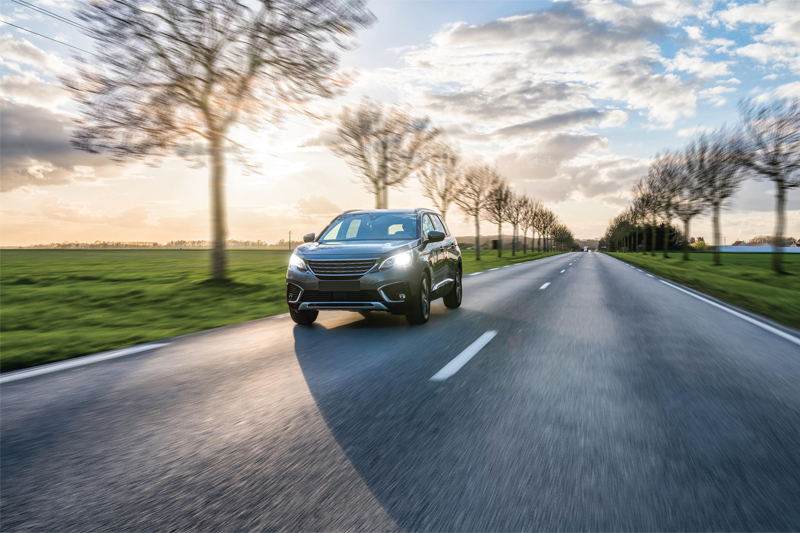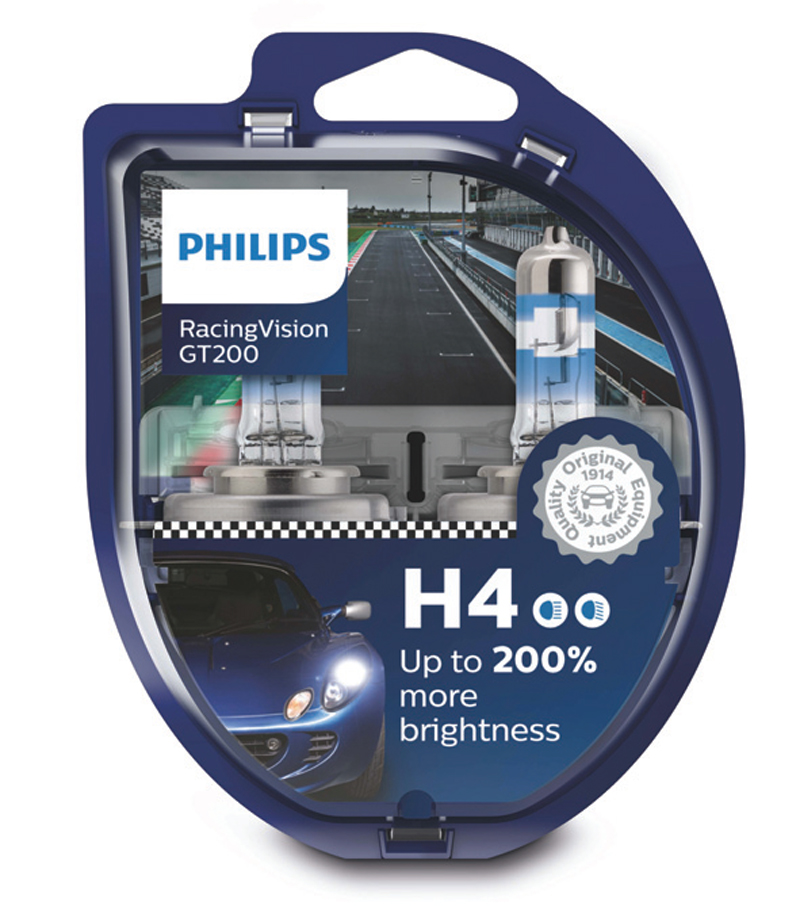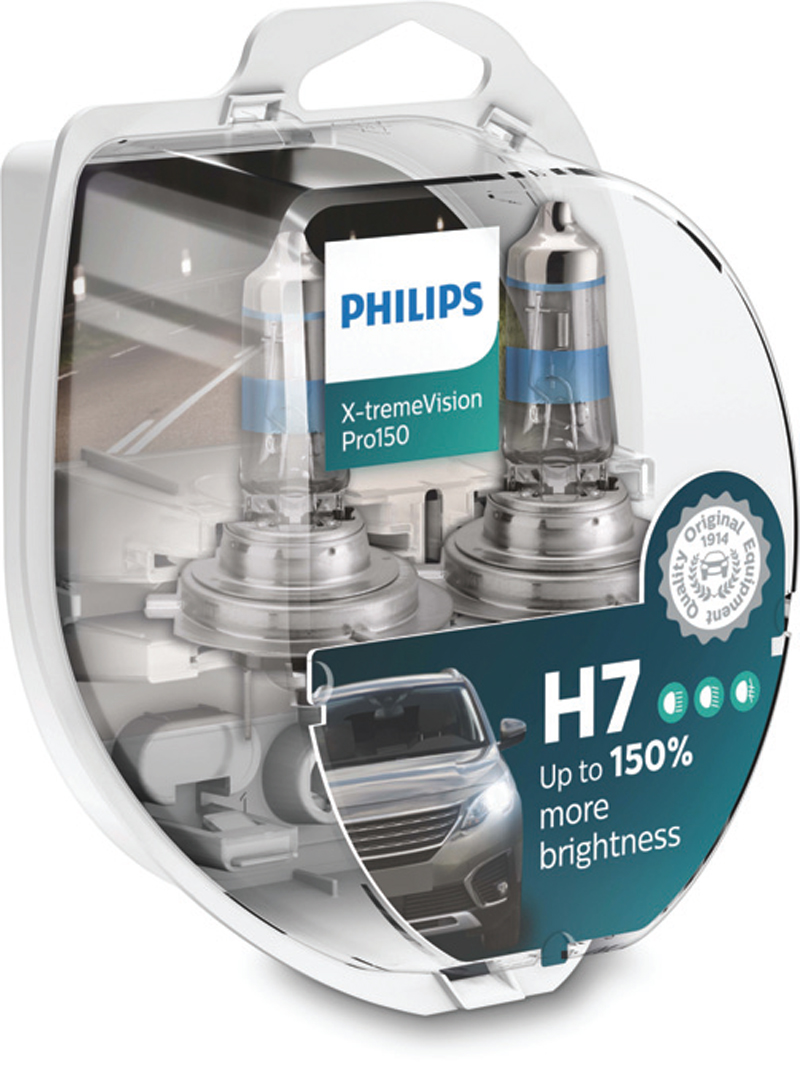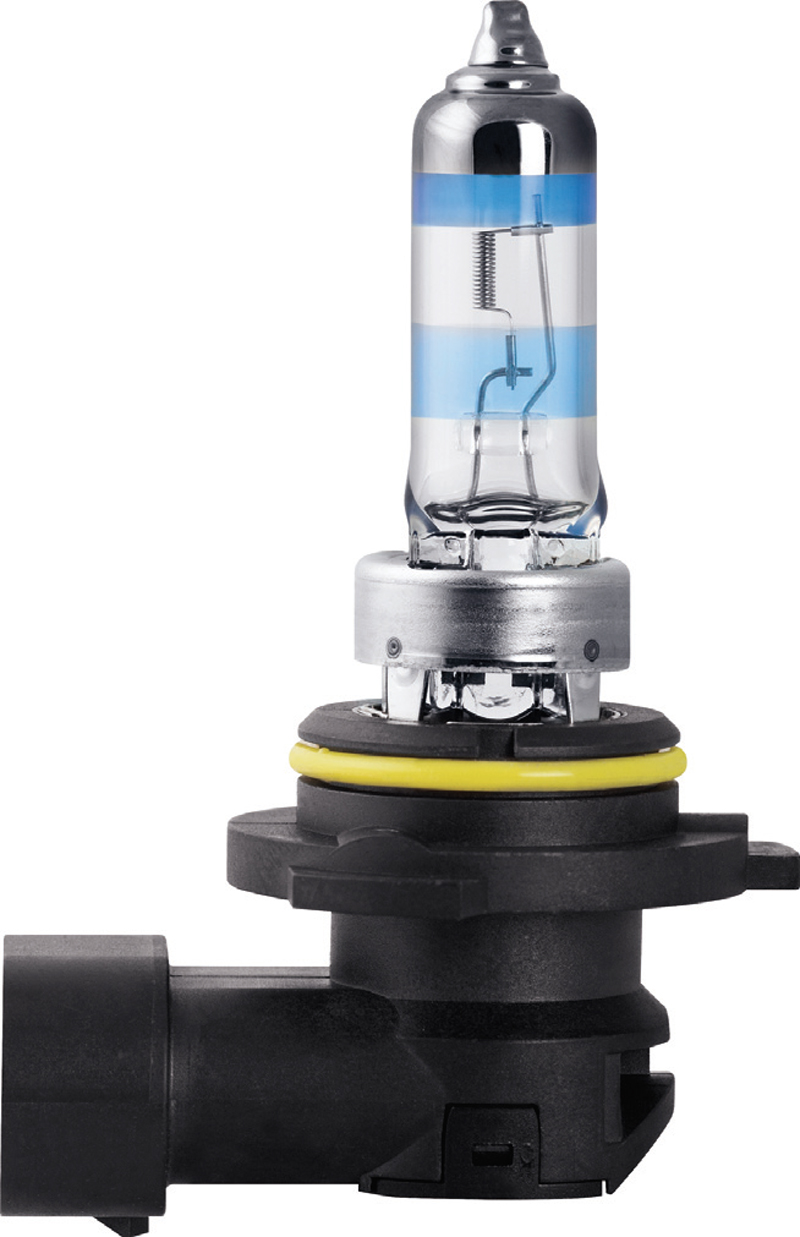
Lumileds’ UK Business Development Manager, Richard Armstrong, highlights the sales opportunities presented to the aftermarket by the development of car light bulb technology.
Car light bulbs are a subject that is rarely at the forefront of people’s minds when it comes to vehicle development. However, major advances in lighting, both within established technologies, and in new forms, are always the aim of the major vehicle lighting manufacturers.
LED lighting is undoubtedly where automotive lighting is headed for VMs. Most already employ LEDs for some lighting applications, although halogen remains far and away the most common form of lighting, and still continues to benefit from the results of much research and development.
Halogen technology is constantly being refined and improved, with the key parameters being performance, longevity and durability. The perceived wisdom has always been that the brighter a car headlight, the shorter its lifespan, and it is this trade off that manufacturers look towards new technological developments to offset, so they can improve lighting performance but also maintain – or increase – longevity.

It might come as a surprise, but the number of companies that actually manufacturer bulbs themselves for Original Equipment (OE) supply to the automotive industry is actually very small. It is these manufacturers that are invariably responsible for bringing new technology to the marketplace.
Of these, in terms of vehicle lighting advances, Philips’ car lighting products have truly pioneered the major innovations over the last half century, bringing high-performance halogen, HID Xenon and LED lights to the automotive market.
A decade ago, the Philips EcoVision bulb was introduced. The rationale behind it was simple; it offered reasonable performance, but an ultra-long lifetime, making it a greener bulb to operate.
EcoVision is still part of the Philips range, but technology has significantly moved on; there are now higher performance bulbs, which produce an increased range of vision and greater safety margins.

These advances mean that the latest generation halogen bulbs – Philips Racing Vision GT200 and X-TremeVision Pro150 – which are now entering the market, not only perform significantly better, but are also more durable than their predecessors.
These advances have not come from one single huge breakthrough in technology. Instead, there has been a series of smaller developments, in different aspects of the headlights’s make-up, which, in combination, bring about significant improvements in the bulbs as a whole – achieving what was once thought almost impossible.
R&D departments of any major manufacturer are secretive places, but the technical department of Lumileds, which is responsible for all aspects of the Philips Automotive Lighting product ranges, is able to offer some insight into how these improvements have come about.
Philips has always benefitted from the use of quartz glass in its bulbs, which is somewhat of a rarity amongst bulb manufacturers. It is, however, important because it offers better thermal shock protection than standard glass. The latest generation of Philips upgrade bulbs all enjoy a new evolution of the glass, known as Diamond Precision Quartz, which increases protection against thermal shock and pressure, whilst also offering enhanced UV absorption to help protect the headlamp.
The new glass also contributes towards greater light output than previously, which ensures a sharp cut-off line for the dipped beam and a brighter sweet spot, all of which are important factors in producing a beam that can light up the road further ahead and give an increased margin of safety to the driver, without the fear of dazzling oncoming traffic.

Precision of manufacture, in terms of the light filament’s positioning and securing, remains critical. Where the new Philips bulbs diverge from each other in technical make-up is in the coating on the glass and the make-up of precious gases within the bulb. In the case of RacingVision GT200, these have been formulated with ‘ultimate’ performance in mind, and with XTremeVision Pro150, Philips has produced a bulb that performs exceptionally, has great durability, and has a lifespan of up to 450 hours.
Safety is always the prime concern when it comes to developing bulbs. The better you can see the road ahead, the safer you are. We have to bear in mind our responsibility to the motorist, to the environment and to the industry as a whole. The latest advances in halogen technology should result in positive progress for all and represent a great sales opportunity. Therefore, we look to factors to take advantage of this and to help inform workshops – and through them, motorists – about the benefits of fitting this latest generation of halogen bulbs coming into the market.







